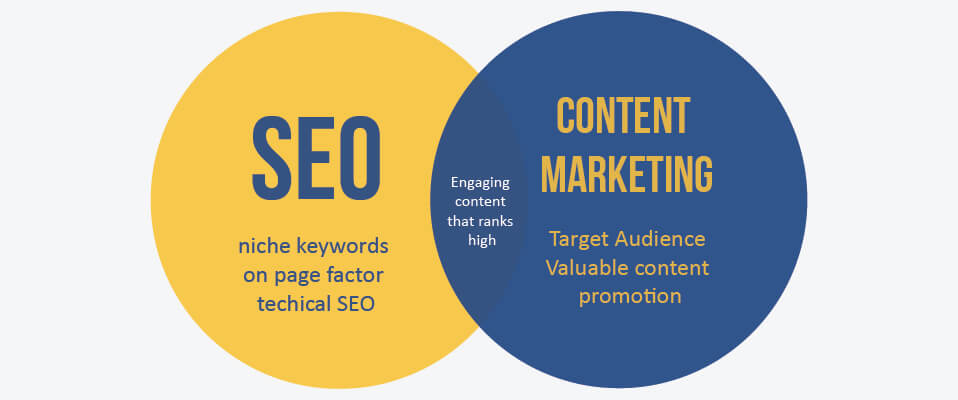
In the current digital era, it is crucial for any company or person to have a strong online presence. Search engine optimisation (SEO) is one of the key components in achieving this. This beginner’s SEO guide – Part 1 will assist you in navigating the world of search engines and generating organic traffic for your website, whether you’re a business owner, blogger, or simply someone interested in increasing the visibility of their website.
Understanding SEO –
It’s crucial to comprehend SEO as a concept before delving into its technical details. The process of optimising your website’s content, architecture, and technical components for search engine results pages (SERPs) is known as SEO. As a result, your website receives more natural (non-paid) traffic and visibility.
Keyword Research –
The foundation of SEO is keywords. They are the words or phrases that people use when searching for information online. Finding keywords that are relevant to your content and your target audience is a necessary step in conducting effective keyword research. You can get help finding the best keywords for your content by using tools like Google Keyword Planner, SEMrush, and Ahrefs.
On-Page SEO –
The goal of on-page SEO is to improve a website’s ranking in search results by optimising specific web pages. This entails optimising headings, title tags, meta descriptions, and the natural insertion of appropriate keywords into your content. A better on-page SEO strategy also benefits from ensuring proper URL structure, internal linking, and the use of descriptive alt text for images.
Off-Page SEO –
Off-page SEO explains techniques used to raise your website’s search engine rankings. This mainly entails constructing trustworthy backlinks from other websites. You can build the authority and credibility of your website by participating in forums related to your industry, reaching out to influencers, and engaging in guest posting.
Technical SEO –
Technical SEO includes optimising your website’s technical elements in order to increase search engine visibility. This includes optimising site architecture for crawlability, ensuring mobile friendliness, establishing a sitemap, using schema markup to give search engines more context, and enhancing website speed.
The first part of your SEO journey concludes here. Well done on finishing the first section of our SEO Beginner’s Guide. The ride isn’t over yet, so hold on tight! Content Creation, User Experience, and Analytics will be revealed in Part 2 – How SEO Works – Content Creation, User Experience and Analytics. Prepare to step up your SEO efforts. Stay curious and see you in Part 2!
“Master SEO with the help of Digital Toppers. Become an SEO Specialist with the Comprehensive SEO Course.!”
Also read, Best Business Listing Sites for SEO Companies in Trichy

